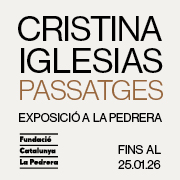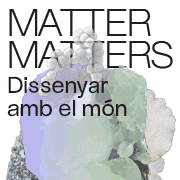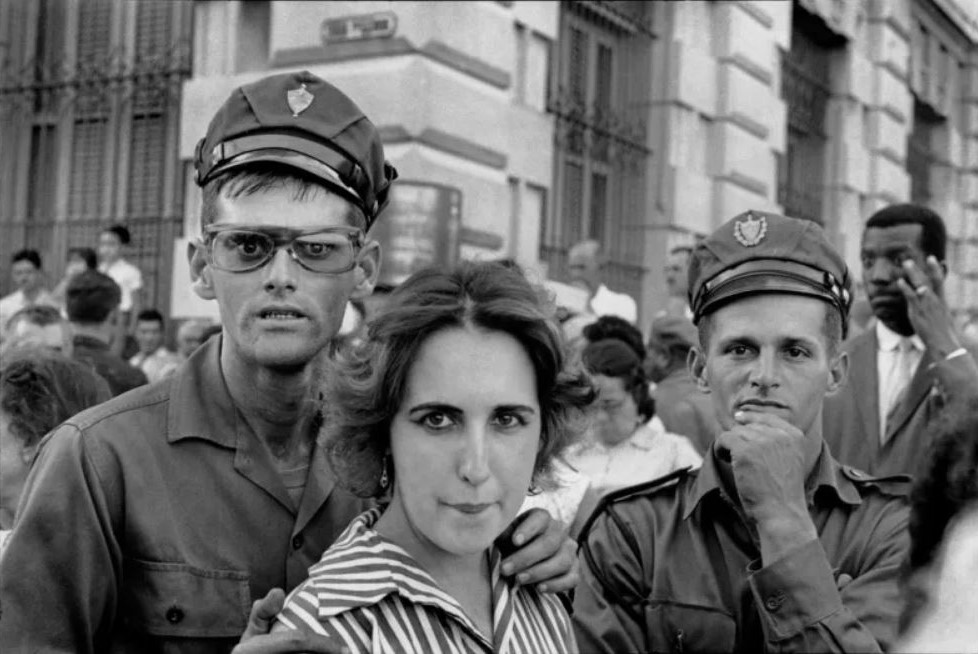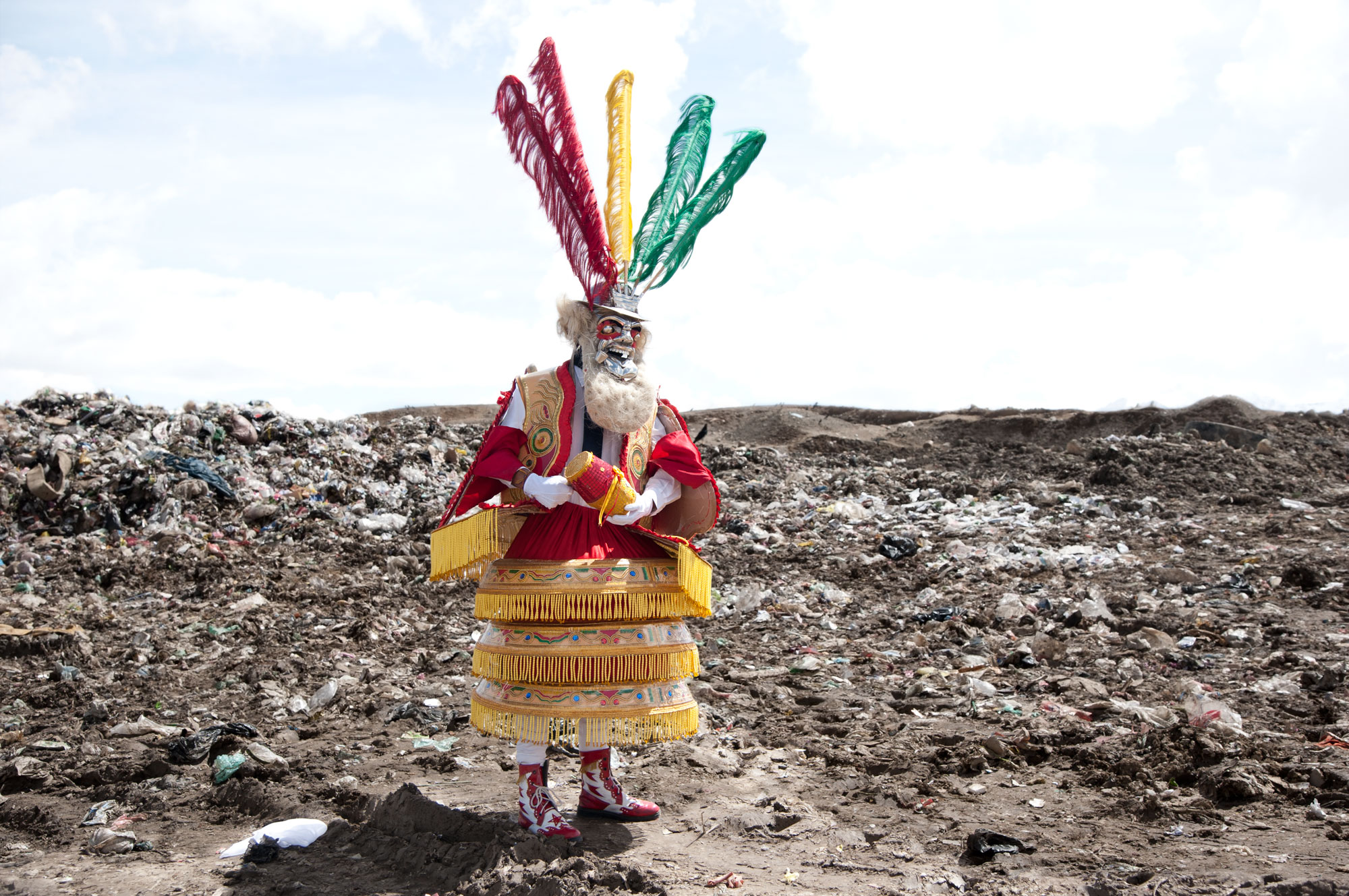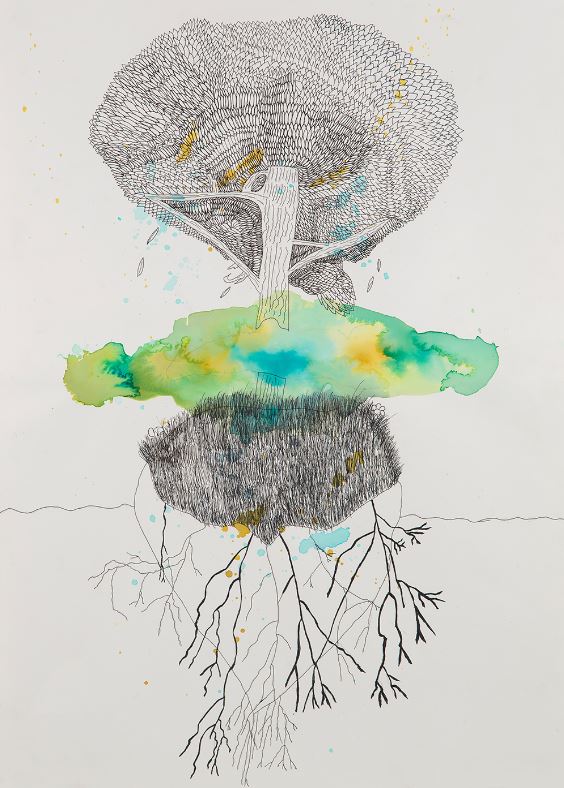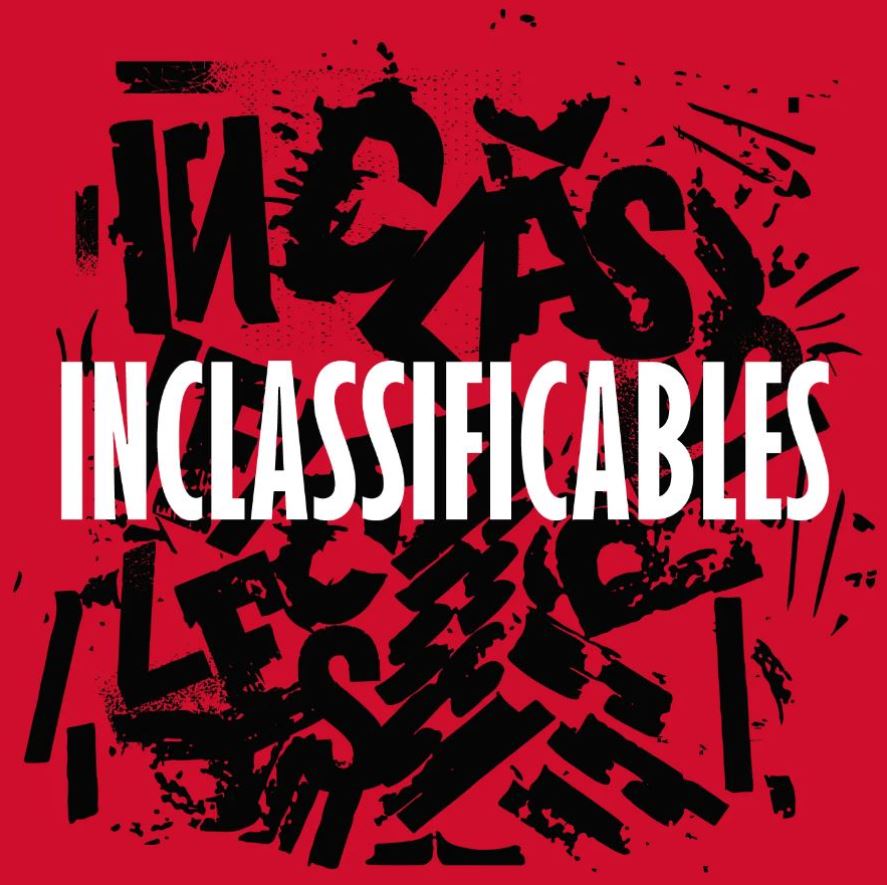contests
2nd Edition of the Contemporary Ceramic Biennial of Bisbal d'Empordà
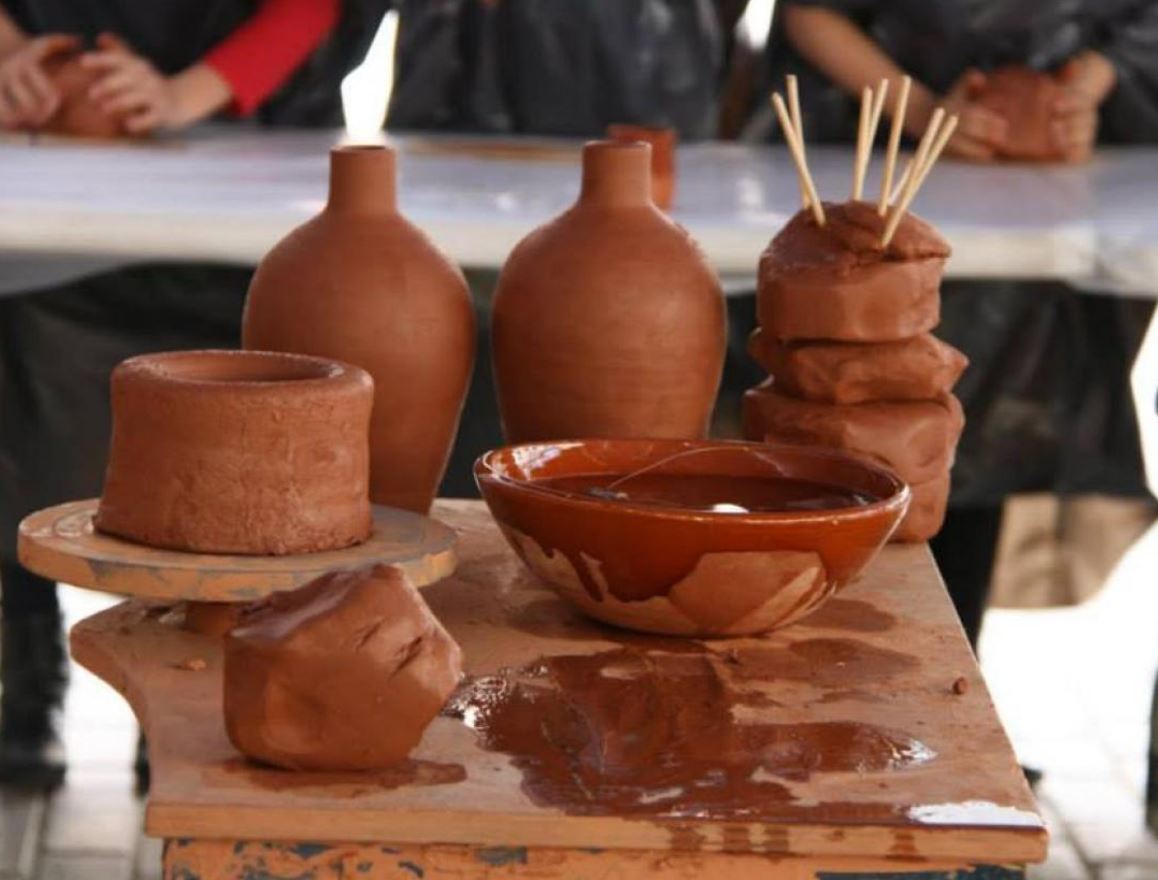
From the 18th of October, the second edition of the Biennial of Contemporary Ceramics of the Bisbal d'Empordà will be inaugurated, which this year will last for three days (from the 18th to the 20th of October 2024). This Biennale has been organized by the Association of Ceramists and the Bisbal d'Empordà Town Council.
The Biennale consists of two parts: the first is academic and focuses on ceramics and architecture. For this edition, the organizers have prepared a whole series of debates in which the debate on the use of ceramics in architecture should be highlighted, as well as a series of round tables with renowned speakers, lecturers and professionals in the sector. The second part which is the exhibition, there are thirty ceramic exhibitors from all over Catalonia and France in order to show the public contemporary ceramics with the possibility of buying them.
We talk to Joan Vilaclara, president of the Associació de Ceramistes de la Bisbal d'Empordà.
B.A. This October the second edition of the Biennale...
Joan Vilaclara. Yes, but we must remember that the first edition went very well, since the 3D ceramics sessions were held, but unfortunately we could not carry out the temporary ceramics show because of the Covid, so we could say that is the first biennial exhibition of contemporary ceramics.
B.A. This year there is a very academic part that you have titled Ceramics-Architecture.
JV Yes, as we consider the link between ceramics and architecture to be very important. Ceramics are part of architecture and what we want to do is a historical review of ceramics in the architectural world. To give an example, I would cite the architect Rafael Masó from Girona. With regard to future projects in this discipline, it must be recognized that there is a very important industrial part but without forgetting the artistic part.
B.A. How does this Biennale differ from the rest that are held throughout Spain?
JV That we have made this "very much our own" and this is a biennial of contemporary ceramics. The level of the exhibitors who have presented themselves is very high, but it is also worth noting the presence of young artists with a lot of future prospects, who have recently settled in the municipality of Bisbalenc. To sum it up, our main goal is to make the biennale the most important for contemporary ceramics in Southern Europe.
B.A. What changes has the world of ceramics undergone in Bisbal d'Empordà in recent years?
JV This whole sector is changing very quickly, since in recent years the number of large factories in the village has decreased and now there is more presence of small artisans. I can say that we are going through a good time of creativity even though the situation is very different from before, there is less industrial and more artisan ceramics, more workshops-shops, more creativity, etc... However, the what we want to achieve is for more national and international audiences to visit us in order to increase the quality and demand for the pieces produced by our artisans.
B.A. You have also created a first prize for the best ceramic piece to be presented in this second edition.
JV Yes, it is the Associació de Ceramistes de la Bisbal d'Empordà Prize which is endowed with a price of 1,500 euros and the winning piece will be exhibited for one year in the Living Ceramics section of the Terracotta Museum of Bisbal d'Empordà in order to to promote this sector.
It should be remembered that the first edition of the biennial was held in 2020, with a look at 3D ceramics. Terracotta Biennial was born as a cultural, artistic, artisanal and ceramic exhibition event with the aim of being able to bring together the diversity of ceramics and its interests and was presented as a proposal to attract gallerists, collectors and enthusiasts of ceramics. Ultimately, the origin of the biennial could be defined as maintaining a harmonious balance between tradition and innovation.



